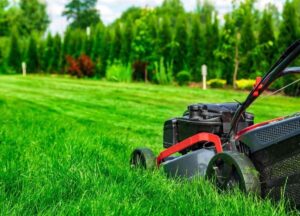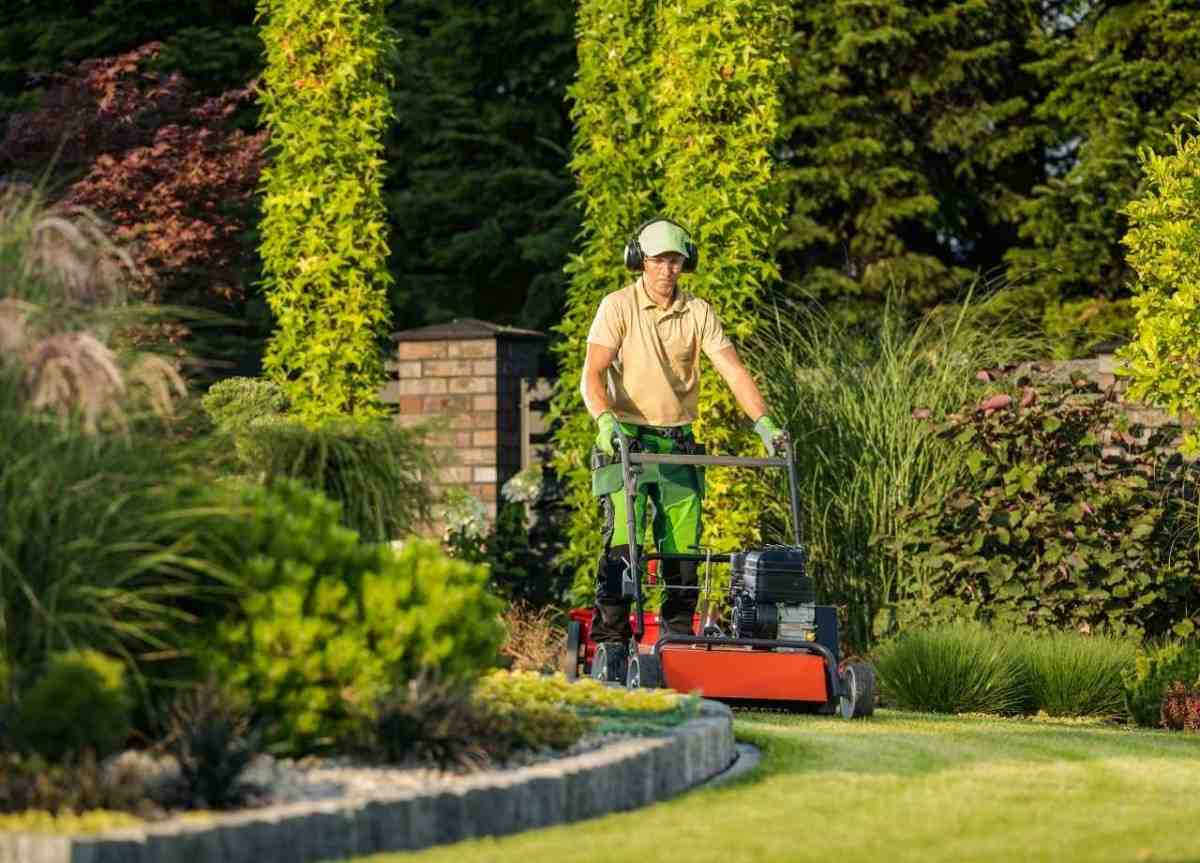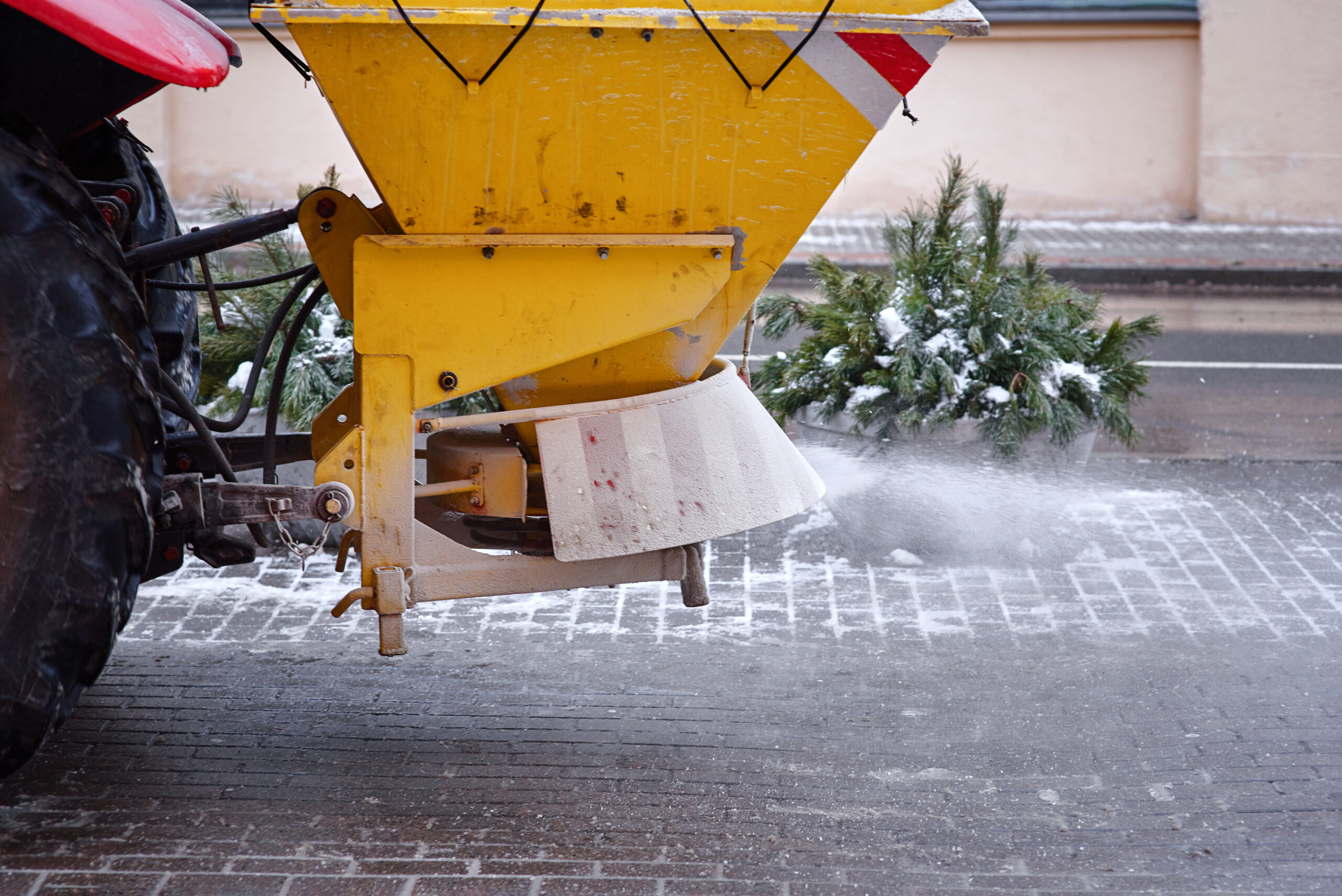The Secret to Pristine Lawns for Commercial Spaces
The visual appeal of a commercial property extends far beyond its architectural design. A meticulously maintained lawn is often the first detail noticed by visitors, clients, and employees. It sets the tone for professionalism, care, and attention to detail. Achieving that lush, uniform green expanse, however, is a task that requires a deliberate approach, combining scientific practices and consistent effort.
Identifying Challenges Unique to Commercial Lawns
Maintaining a lawn for commercial properties poses distinct challenges compared to residential spaces. These areas often endure higher foot traffic, exposure to urban pollutants, and inconsistent maintenance schedules. High-use zones like walkways and entry points are particularly vulnerable to compaction, which restricts root growth and leads to patchy areas. Recognizing these challenges helps in crafting tailored strategies that address both visual appeal and resilience.
Durable turfgrass varieties are often preferred for such spaces. Selecting species suited to the specific climate, sunlight conditions, and usage patterns is critical. In shaded areas, grasses like fine fescue perform well, while sunlit spaces benefit from Bermuda or Kentucky bluegrass. Each variety offers specific strengths, and mixing types can provide balance across diverse conditions.
Building Healthy Soil as the Foundation
The health of a lawn begins with its soil. Compacted, nutrient-depleted soil leads to weak root systems and lackluster growth. Addressing soil health involves more than just applying fertilizer. Aeration, which involves perforating the soil to allow air, water, and nutrients to reach deeper, is a key practice. This step relieves compaction, promotes drainage, and improves the overall vitality of the lawn.
Testing the soil’s pH level is another crucial measure. Commercial lawns often require pH levels between 6.0 and 7.0 for optimal nutrient absorption. If the soil is too acidic or alkaline, corrective measures like lime or sulfur applications may be necessary. These adjustments create a stable environment for grass to thrive.
Efficient Watering Practices
Water management is often the most misunderstood aspect of lawn care. While it might seem straightforward, the timing, quantity, and method of watering can significantly influence grass health. Overwatering encourages shallow roots and fungal growth, while insufficient watering leads to dry patches and stressed grass.
Smart irrigation systems are increasingly popular for commercial properties. These systems use weather data and soil moisture sensors to adjust watering schedules automatically. By delivering the right amount of water at the right time, they reduce waste and prevent common issues like waterlogging.
For optimal absorption, irrigation should occur during early morning hours. This allows water to penetrate deeply without evaporating quickly. Evening watering, while seemingly convenient, often leads to fungal diseases due to prolonged moisture on the grass blades.
Precision in Fertilization
Feeding a lawn requires a balanced approach to provide essential nutrients without overwhelming the soil. Fertilizers typically contain nitrogen for growth, phosphorus for root development, and potassium for overall health. However, commercial lawns benefit from customized schedules that take seasonal needs into account.
In spring, nitrogen-heavy fertilizers promote rapid growth and recovery from winter dormancy. By summer, reduced nitrogen levels and potassium-rich formulations help the grass withstand heat and stress. As fall approaches, fertilizers designed to strengthen roots prepare the lawn for winter dormancy. Using slow-release fertilizers ensures steady nutrient delivery, avoiding sudden spikes that can lead to overgrowth or soil imbalances.
Weed Prevention Without Heavy Chemical Dependence
Weeds are among the most visible signs of neglect. Preventing their spread requires a combination of proactive measures and consistent maintenance. Pre-emergent herbicides can stop many weed species before they take root, but overusing these chemicals can degrade soil quality over time.
Mowing at the correct height strengthens grass, enabling it to outcompete weeds for light and nutrients. Regular removal of clippings, especially during heavy growth periods, prevents thatch buildup while depriving weeds of fertile ground for germination.
For areas where weeds persist, targeted removal or hand-pulling reduces chemical reliance. Small, isolated patches can often be managed manually, preserving the integrity of the surrounding grass.
Proper Mowing Techniques
Mowing is more than just cutting grass; it’s a critical step in lawn health management. Cutting too short, known as scalping, weakens the grass by exposing the soil and reducing photosynthesis. This practice also invites weeds and pests.
Maintaining the mower blades’ sharpness ensures clean cuts, reducing stress on grass and minimizing the risk of disease. Regularly alternating mowing patterns avoids soil compaction in specific areas, encouraging uniform growth.
Frequency matters as well. During peak growing seasons, mowing weekly prevents the grass from becoming overgrown while avoiding excessive clipping buildup. In cooler months, less frequent mowing is sufficient to maintain a neat appearance without overexerting the grass.
Managing Pests Naturally
Pests can wreak havoc on even the best-maintained lawns. Identifying the signs early—such as irregular brown patches or chewed grass blades—can limit damage. Grubs, for example, often cause root damage, while chinch bugs feed on the grass itself. Addressing these issues involves understanding their life cycles and intervening strategically.
Natural pest control options, like introducing beneficial nematodes or ladybugs, help manage infestations without chemicals. These organisms target specific pests without harming the grass. For severe cases, carefully applied insecticides may be necessary but should always be used as a last resort.
Seasonal Adjustments for Longevity
Each season demands specific attention to keep lawns in top condition. In spring, tasks like dethatching and aeration help grass recover from winter stress. Over time, dead grass and debris can form a layer that hinders growth. Removing this layer ensures proper air and nutrient flow.
Summer months bring challenges like heat stress and drought. Applying mulch to surrounding landscaping reduces water loss, while proper irrigation schedules keep the grass hydrated. Shaded areas may require additional care to balance sunlight exposure and prevent fungal growth.
Autumn is an ideal time for overseeding. Adding fresh seed to thin or bare spots ensures dense coverage, while fall fertilization strengthens roots for winter. In colder climates, avoiding heavy traffic during frosty periods minimizes compaction and damage to dormant grass.
Sustainable Practices in Lawn Care

Sustainability is becoming an essential consideration for modern commercial properties. Reducing reliance on chemical inputs not only benefits the environment but also creates healthier, more resilient grass. Composting grass clippings and organic matter produces natural fertilizers that enrich the soil.
Choosing native grass varieties suited to the local climate reduces water and maintenance needs. In drought-prone areas, xeriscaping or using drought-tolerant grasses can significantly cut water usage while maintaining a polished appearance.
Buffer zones featuring native plants around the lawn provide additional benefits. These areas act as filters for urban pollutants, protect the lawn from runoff, and promote local biodiversity.
Working with Experts for Lasting Results
Even the most diligent maintenance efforts can fall short without professional guidance. Lawn care specialists bring valuable knowledge, from conducting soil analyses to designing irrigation systems tailored to specific layouts. Their expertise ensures efficient use of resources while addressing issues promptly.
Regular consultations with professionals also provide opportunities to incorporate emerging technologies and practices. For example, drone technology can map soil health across large areas, offering precise data for targeted interventions.
Maintaining Long-Term Consistency
Consistency is the defining factor in achieving pristine lawns. A sporadic approach leads to fluctuations in grass health, leaving room for weeds, pests, and other issues. Creating a calendar with scheduled tasks—such as aeration, fertilization, and pest inspections—ensures that all aspects of maintenance are addressed systematically.
Delegating responsibilities, whether to in-house teams or external contractors, ensures accountability. Setting clear goals, such as maintaining uniform coverage or reducing water use, helps everyone involved stay focused on achieving results.
Why National Facility Contractors Excels in Lawn Maintenance
For commercial properties aiming for pristine lawns, partnering with a trusted provider makes all the difference. National Facility Contractors (NFC) combines cutting-edge techniques with a deep understanding of commercial landscaping needs. Their tailored approaches address challenges unique to high-traffic areas, ensuring durability and aesthetic appeal. NFC’s commitment to sustainability means your property benefits from eco-friendly practices without compromising quality. From advanced irrigation systems to customized fertilization plans, NFC delivers results that enhance your property’s professional image and functionality.
Why It Matters
Lawns are more than decorative elements. They influence perceptions, create welcoming environments, and provide functional benefits such as reducing heat and improving air quality. A well-maintained commercial lawn reflects the values of the property owner, emphasizing professionalism and attention to detail.
By focusing on tailored solutions, prioritizing sustainability, and engaging with experts where needed, commercial properties can maintain lawns that remain vibrant and resilient throughout the year. Each step, from soil preparation to pest control, contributes to a result that enhances the property’s image and supports its overall success.






